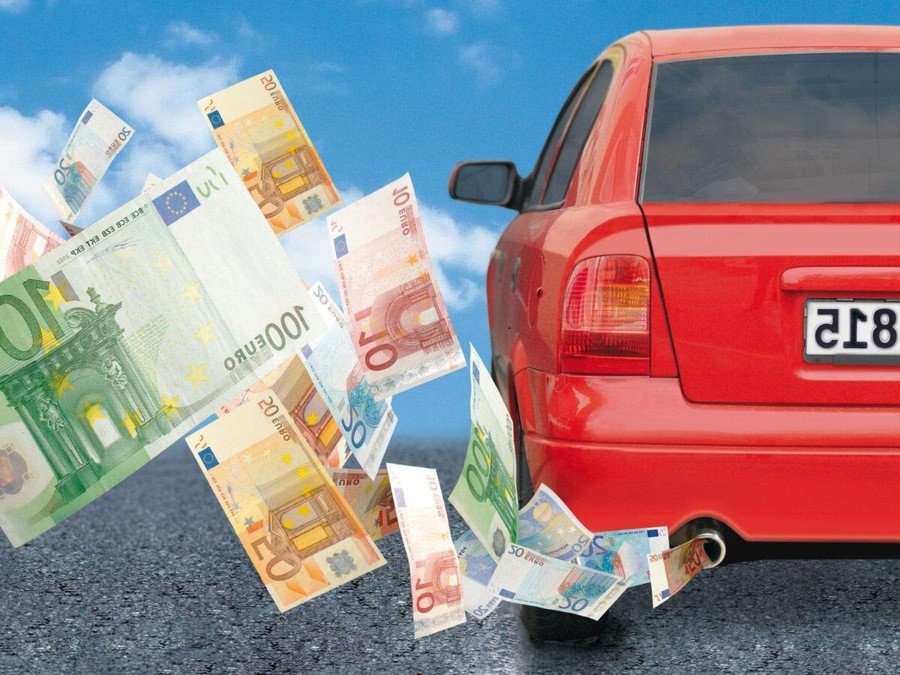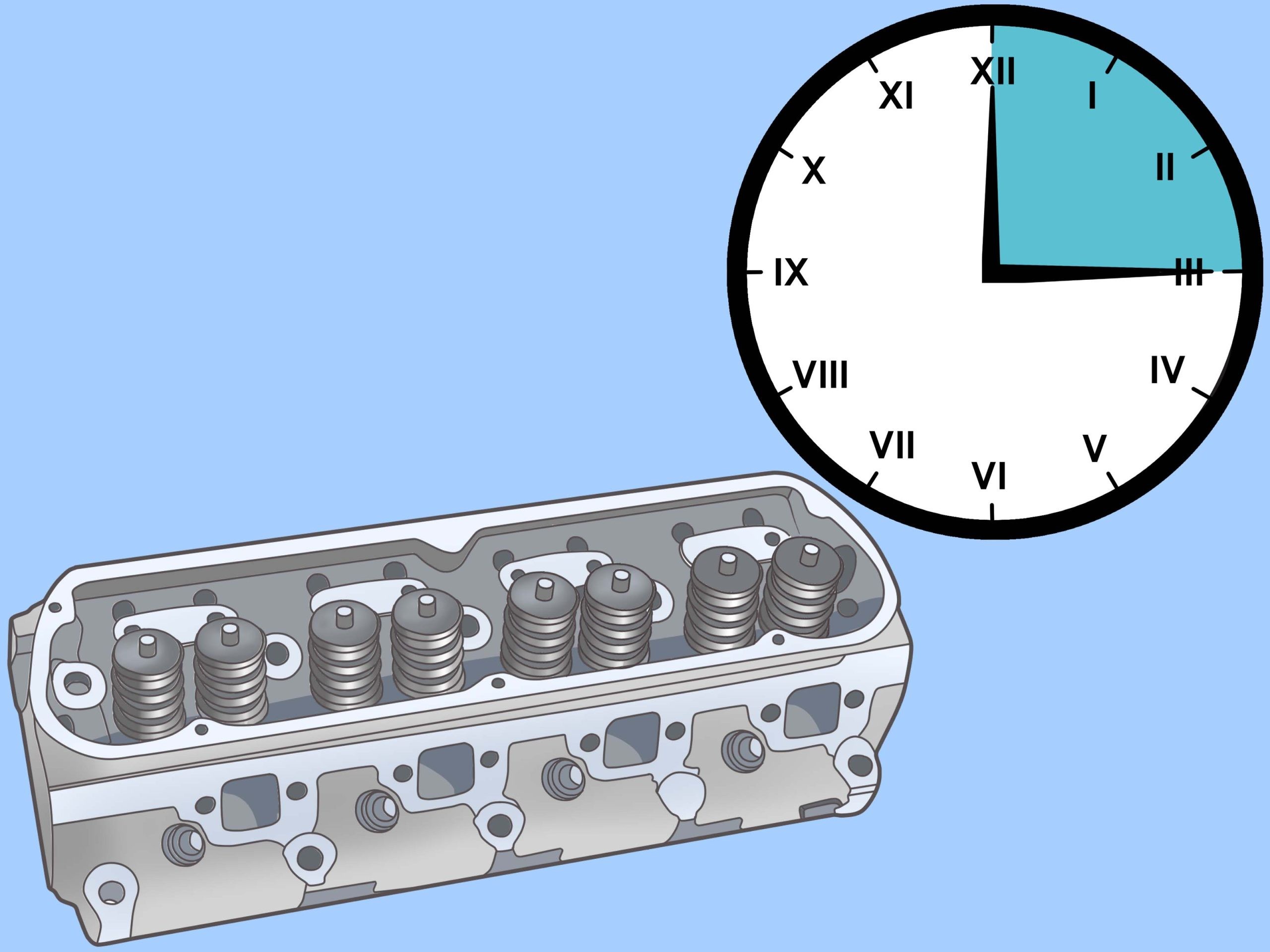
How to reduce your car loan
Content
Paying off a car loan is a lengthy process that requires you to stay committed to your budget by paying monthly bills. However, sometimes, whether it's accessing additional cash to make additional payments, refinancing your current loan, or simply making smart decisions about getting a loan in the first place, you can cut your financial costs significantly, in some cases significantly. Before deciding how to proceed, discuss the options available with your auto loan lender to make sure they are viable.
Method 1 of 3. Use prepayment to pay off the loan early
Necessary materials
- Calculator
- Valid loan agreement
- pen and paper
Early repayment allows you to pay off the loan earlier than originally agreed. You do this by making additional payments on a monthly basis with an additional amount dedicated to using the principle. However, before proceeding, you should make sure that you have the extra cash to make the prepayment possible and that your lender allows you to use the prepayment with your car loan.
- Functions: The best way to reduce the amount you have to repay is to have a good credit history even before you take out a loan. Depending on whether your credit is good or just moderately good, credit can mean a difference of several thousand dollars in additional financial costs associated with a higher interest rate.
Step 1: Determine the possibility of early repayment of the loan. While methods such as refinancing may not be available to you due to your current credit, paying a higher monthly payment may allow you to reduce your principal.
Principle is the most important determining factor in calculating how much you end up paying over the life of the loan. Reducing this at a faster pace should reduce the amount you owe.
- A warning: Before you make a down payment on your current car loan, make sure there is no penalty for paying off your car loan early. If you're unsure about any prepayment penalties specific to your loan, check with your lender to find out more about your car loan.
Step 2: Refer to Principal Only Payments. Once you know that your lender allows you to pay off your car loan early without penalty, find out what process they use before doing so.
Often referred to as principal-only payments, be sure to let your creditor know what the extra money is for.
- AttentionA: Some lenders even require you to make these payments separately from your regular monthly payment.
Step 3: Calculate your monthly payment. After reviewing the process you must follow to pay off your loan early through early repayment, find out how much you need to pay each month for early repayment.
You can use a calculator to calculate this amount, or use an online calculator. Some sites that offer free auto loan payment calculators include Wells Fargo, Calxml. com, and Bankrate.
Method 2 of 3: Get rid of the middleman
When buying a car, be sure to check out all the options available before taking out a loan. While the dealership may provide a convenient option when trying to get the cash needed for an auto loan, they often act as an intermediary between you and the actual lender, adding a service fee. In addition, the need for a small loan can significantly increase your financial costs as the lender tries to capitalize on the smaller loan.
Step 1: Know your scoreA: Find out your credit score before applying for a car loan with a lender. It is important to know what interest rate your particular credit score can earn.
Everyone is eligible for a free credit report from one of three credit bureaus each year. Contact Experian, Equifax or TransUnion for a copy of your report. You can also get a copy from the AnnualCreditReport website.
Once you know your score, you can see how it stacks up:
Below 550 is a bad score, it will be difficult or impossible to get a car loan. Financing will likely result in a very high interest rate.
Between 550 and 680 substandard, so it's not great, but it can definitely be worked on.
Scores above 680-700 are considered "prime" and will result in better interest rates. If your score is below 680, then responsible car buying and regular payments can really boost your score.
Attention: Car dealers won't check your credit report, they will only raise your score.
Step 2: Explore the different funding options available to you. This includes going to a bank or other financial institution to see if the bank can help you.
Often this is determined by how good your credit is. By contacting a bank or credit union directly, you can reduce many of the intermediary fees associated with obtaining a loan from a dealership.
Step 3: Pay with cash if you can. If you only need a loan for a few thousand dollars, it's best to wait if possible and pay cash for the car. Most lenders are in the market to make a small amount in addition to what they provide. When the amount is small in comparison, the lender will usually charge higher finance fees to make up for the lower amount.
- FunctionsA: If your credit score is too low, you should consider improving it before taking out a car loan. One of the steps you can take is to contact a credit counseling organization to rebuild your credit over time. The organization will help you with things like budgeting and determining the best way to pay off your debt, although most of them charge a fee for their services.
Method 3 of 3: Refinance your loan
Another great way to reduce the amount of financial fees you have to pay is to refinance your current car loan. Before taking out an initial loan, make sure the lender allows refinancing, and some don't. Then, if you decide to go down this path, you will know in advance what options you have.
Step 1: Gather Documents. After contacting your lender, you need to collect information related to your car loan. Having the following information at hand should make the entire refinancing process easier, including:
- Your credit score
- Interest rate on current car loan
- How much do you owe on your current loan
- Number of remaining payments
- The value of your car
- Make, model and odometer reading
- Your work history and your annual income
Step 2. Compare conditions. If you qualify for a refinance, compare the terms of what your current lender is offering with those of other financial institutions.
Keep in mind the term of the new loan, the new interest rate, any prepayment and late repayment penalties, and any additional fees or finance charges.
Only after you are satisfied with the terms, you must agree and sign the documents.
- A warningA: You must also determine if there are any conditions for returning the vehicle and what they are before you sign. It's too late to find out there's some special condition you missed when the lender comes to pick up your car.
Refinancing your current car loan is a great way to reduce your current payment, including any finance costs. Make sure your car is in good working order to ensure it will last you the full term of the loan and beyond. This includes scheduled preventive inspections and repairs. Let our experienced mechanics help you keep your vehicle in top condition.
